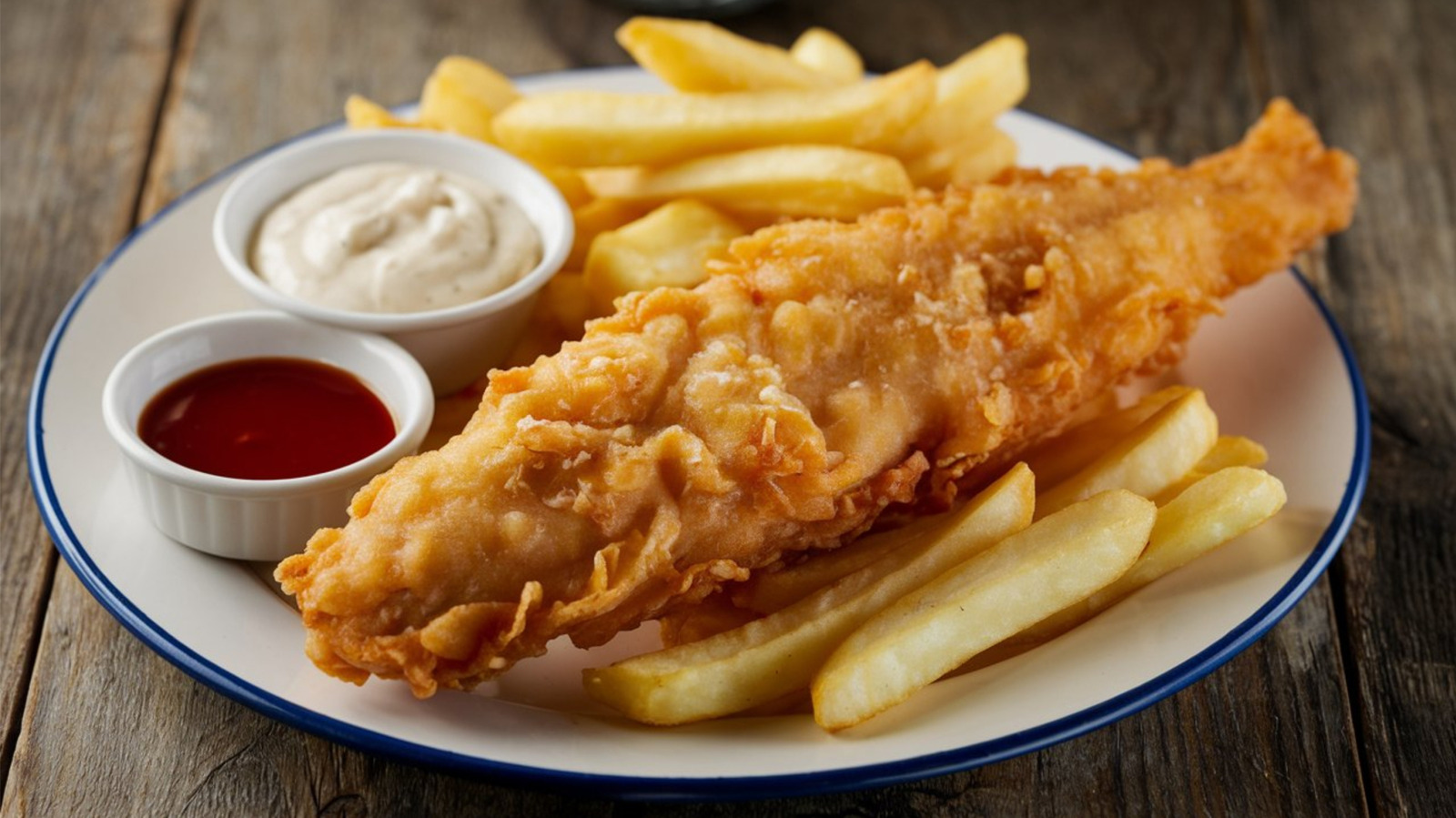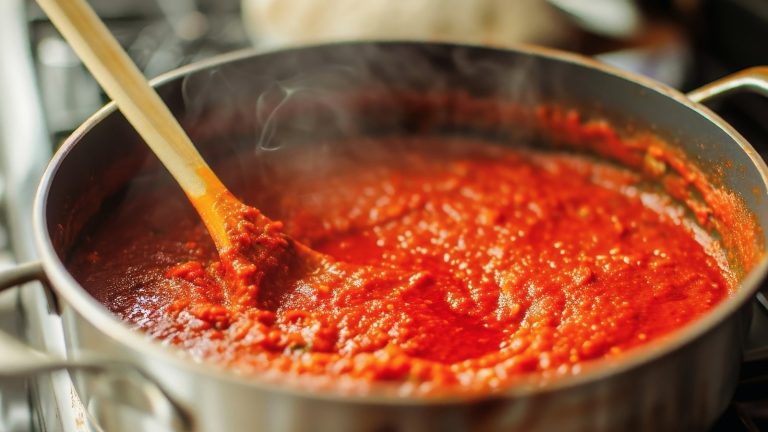The combination of fried fish and french fries, or chips, might be Britain’s defining street food. By the early 1920s, there were more than 35,000 chippies in the U.K., and there are still around 10,000. In America, you won’t find nearly as many standalone fish and chip shops, but you can easily grab the meal at bars, seafood restaurants, and fast food joints almost anywhere in the country. Heck, Italy boasts the only Michelin-starred fish and chips spot. It’s clearly a global dish at this point. And when it comes to drink pairings, the classic is beer, particularly ale. The combination of salt, fish, and a refreshing brew is hard to beat, but it’s helpful to pick the right one. Chowhound spoke exclusively with Kory Foltz, director of culinary at Sunseeker Resort in Charlotte Harbor, Florida, about his favorite beer-and-battered-fish pairings. For him, an English ale comes out on top.
Foltz oversees multiple restaurant menus at the resort, including the seafood-forward Half Cracked Tiki Shack, so he has plenty of opportunities to pair fish and chips with any frosty beverage. He told Chowhound he’s got three favorite pairings, but one stands out above the others. “Starting with my favorite, would be an English pale ale. The bitterness cuts through the richness of fried fish and helps cleanse your palate between bites,” he says.
British ales with British food
Culinary director Kory Foltz’s pairing makes sense. Serving regional dishes with a beer from the same area often highlights complementary agricultural developments or terroir influences, or reflects favored regional tastes by playing up sweet, spicy, or sour notes. That’s why a classic English pale ale works so well. “It has a malty sweetness that complements the mild flavor of the fish without overpowering it,” Foltz says.
It’s important to note we’re not talking about IPAs, or India pale ales, that have dominated the beer scene the past decade or so. There are differences between IPAs and pale ales, with the former highlighting bold, bitter extra-hoppy notes, and the latter being milder, nutty-sweet beers. Pale ales are noted for balanced hops that don’t overpower the malt and sip nicely when dipping battered fish into a malt vinegar, which is the classic condiment for fish and chips.
If you find English pale ales too mild, Foltz suggests darker, slightly bolder amber ales. “An amber ale has a smooth malt-forward flavor, which complements fried batter very nicely without being too heavy or too strong.” And if you must have your bitter IPA, he again recommends going British. “Lastly, an India pale ale has a more prominent hop flavor and aroma, but it’s a little less aggressive than an American IPA. I feel like the malt-forward sweetness works well with most kinds of fried seafood.”
Don’t discount American pale ales
It can be challenging to find an English pale ale on tap in the U.S. Fortunately, thanks to our strong craft brewing culture, it’s not hard to come up with an American counterpart. “There are plenty of great substitutes from other countries that work well, offering similar flavor profiles and similar characteristics,” Kory Foltz says.
American pale ales are similar, but different, reflecting the use of indigenous hops, water, and yeast. They tend to be lighter in both color and flavor, with an emphasis on crisp, floral citrus flavors over caramel notes. “An American pale ale or an American amber ale work very well and provide similar body and balance, making both a great choice for fish and chips,” Foltz suggests.
Also, don’t discount Belgian pale ales, given the affinity and history of Belgium with its crispy fries. “A Belgian pale ale also works very well,” Foltz says. “It’s very similar to a British pale ale but has this slightly fruity flavor to it which can be interesting with fish and chips.”







